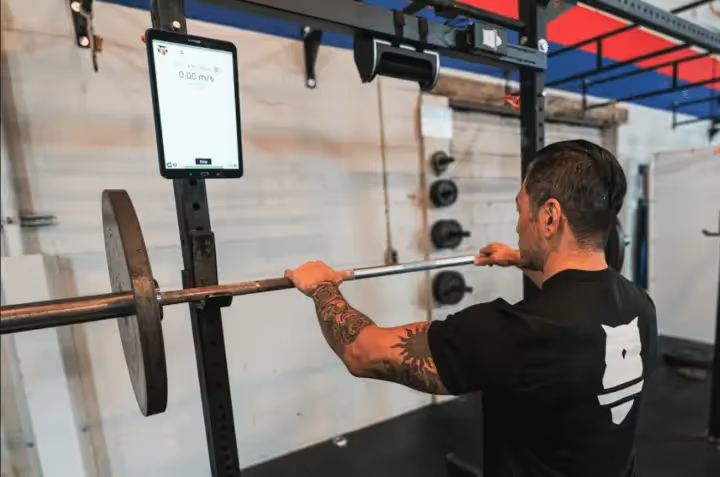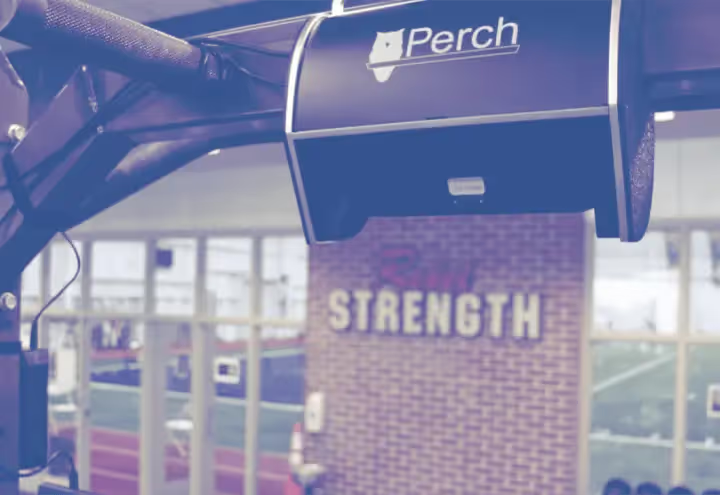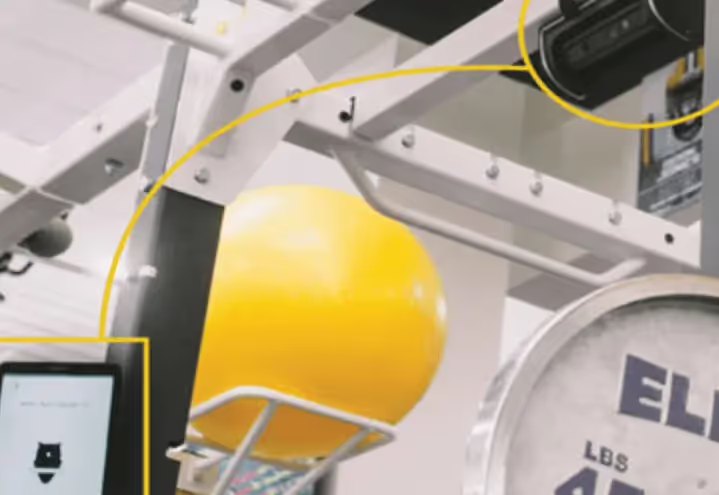Revisiting the Basics of VBT

If you are a frequent visitor here, you are no stranger to Velocity Based Training. Velocity-based training (VBT) is a burgeoning approach to strength training. It is a modality of strength training unlike traditional training methods that rely on percentages of one-repetition maximum (1RM). Instead, VBT uses velocity measurements to determine the appropriate weight for each exercise. This approach is based on the principle that the velocity at which a weight is lifted can provide important information about the lifter’s neuromuscular system, and can be used to help determine the most effective training load for each individual.
How Velocity-Based Training Works
VBT relies on the use of a device to measure speed. Historically, the original devices used were linear position transducers (LPTs), and then through the use of accelerometers. More recent forms of measuring VBT are through camera based systems, like Perch! LPTs use a tether on a spool, and how quickly that tether unspools is what provides a velocity readout. Accelerometers are wearables that measure speed in a direction. And camera based systems, like Perch, use a 3D camera to measure depth, displacement, and time to provide velocity readouts (among other metrics).
The velocity of the performed movement helps dictate the load on the barbell for the athlete or practitioner. This is done through adherence to specific velocity zones, or otherwise programmed goals (like velocity drop). Provided the load is within the programmed goal, the velocity will reflect it. And you’ll know you are using an appropriate load for the desired adaptation. Ultimately, the idea is to use a weight that allows for optimal performance, based on the athlete’s ability to generate force.
The Benefits of Velocity-Based Training
One of the biggest advantages of VBT is its ability to individualize training programs, even within a team setting. Rather than relying on arbitrary percentages of 1RM, VBT allows coaches and trainers to individualize training programs based on each individual's unique neuromuscular profile. This can lead to more efficient training, and better results over time.
Another advantage of VBT is its ability to track progress over time. By measuring velocity during training sessions, coaches and trainers can monitor an individual's performance and adjust their training program accordingly. This can help ensure that progress is being made, and that the training program is effective.
VBT also provides a way to improve power and speed in addition to strength. Traditional strength training focuses primarily on increasing maximal strength, but VBT allows for a focus on power and speed, which can be particularly important for athletes or individuals looking to improve their performance in a specific sport. This can most effectively be done through monitoring load velocity profiles over time (at what weight are athletes lifting what speed).
Challenges with Velocity-Based Training
One of the main challenges with VBT is the cost and availability of the devices to measure, in addition to the added tech potentially interrupting training sessions. Most devices are now widely available, but choosing the right one for your facility is the challenge. You want a device that is future proof, intuitive, and effective. An addition to your weight room without detracting from the weight room workflow.
Another potential challenge is the need for proper training and expertise. There is a ton of information out there, and it’s tough to know what works for you. The best part? You just have to use it to learn! Some may argue that VBT requires a certain level of knowledge and skill to interpret and apply the data collected. But ultimately use it, learn it, and you’ll get better at it. We also have a ton of resources here and through our performance resources form, and our YouTube channel to keep you up to date and well informed.
Conclusion
Velocity-based training is an incredible approach to strength training that has the potential to improve the effectiveness of training programs and enhance performance. While there are challenges to implementing VBT, the benefits it can provide, such as individualized training programs, progress tracking, and improved power and speed, make it an approach worth considering for serious athletes and fitness enthusiasts.
Read more about Perch here! And check out Product Videos here. And our support website here.
Back to basics? Review the origins of VBT and Strength Training!
Sources
- Weakley, J. J., Wilson, K. M., Till, K., Read, D. B., & Roe, G. A. (2017). A Movement‐Based Approach to Velocity‐Based Training. Strength and Conditioning Journal, 39(1), 1-10. doi: 10.1519/SSC.0000000000000240
- Mann, B., & Sato, K. (2015). Understanding and implementing velocity-based training: A guide to theory and application. Sport performance & science reports, 1(1), 1-17.
- Lake, J. P., Mundy, P. D., Comfort, P., & McMahon, J. J. (2017). The relationship between repetitions and performance during two upper-body resistance exercises in trained individuals. Journal of Strength and Conditioning Research, 31(8), 2167-2172. doi: 10.1519/JSC.0000000000001695
- National Strength and Conditioning Association (NSCA). (2017). Velocity-based training: A new era in strength training. Retrieved from https://www.nsca.com/contentassets/950ad6a35f6d4c9a9e44a0f6e8a814f7/vbt_whitepaper_final.pdf

Start Gathering Data With Perch Today!
Reach out to us to speak with a representative and get started using Perch in your facility.

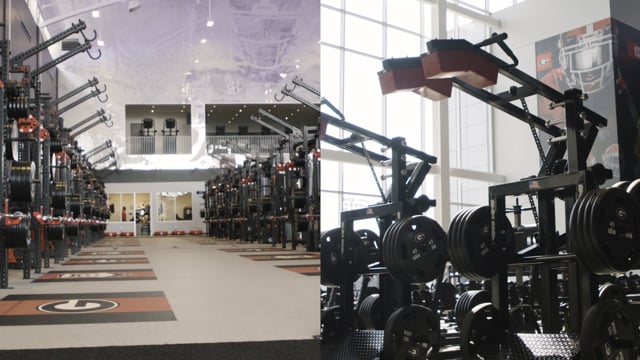
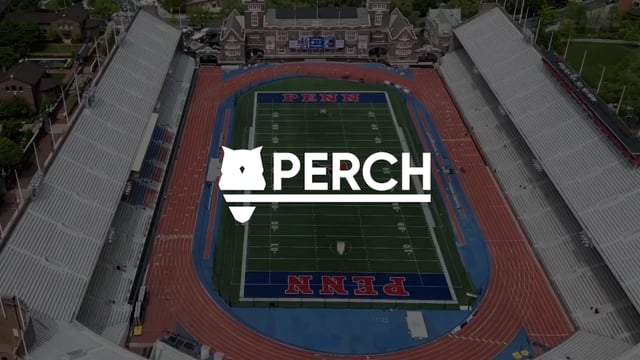



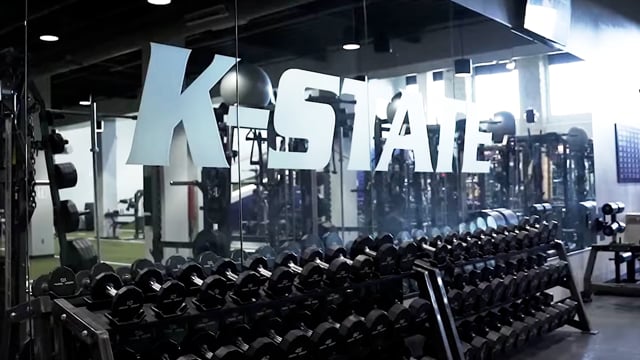


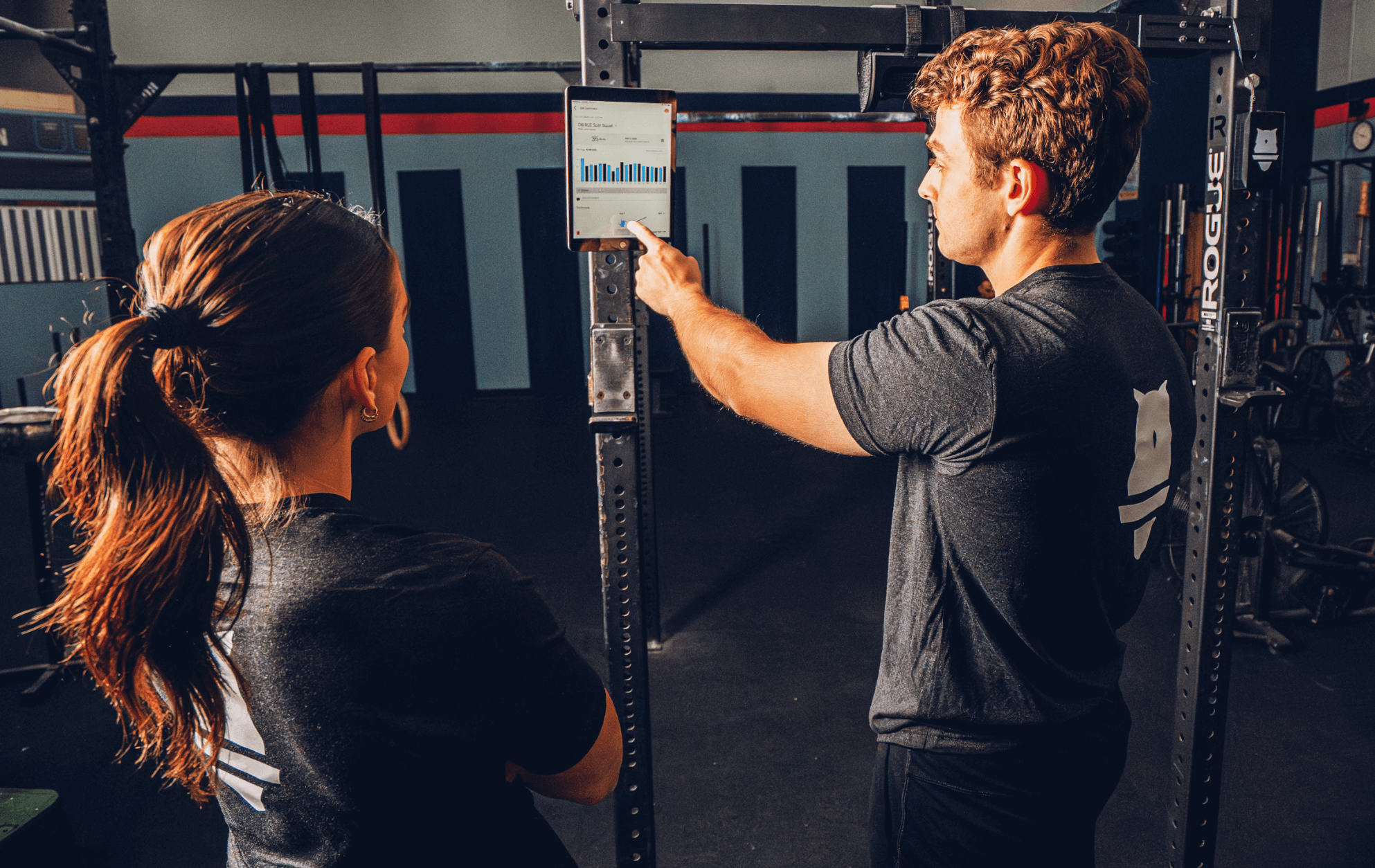
































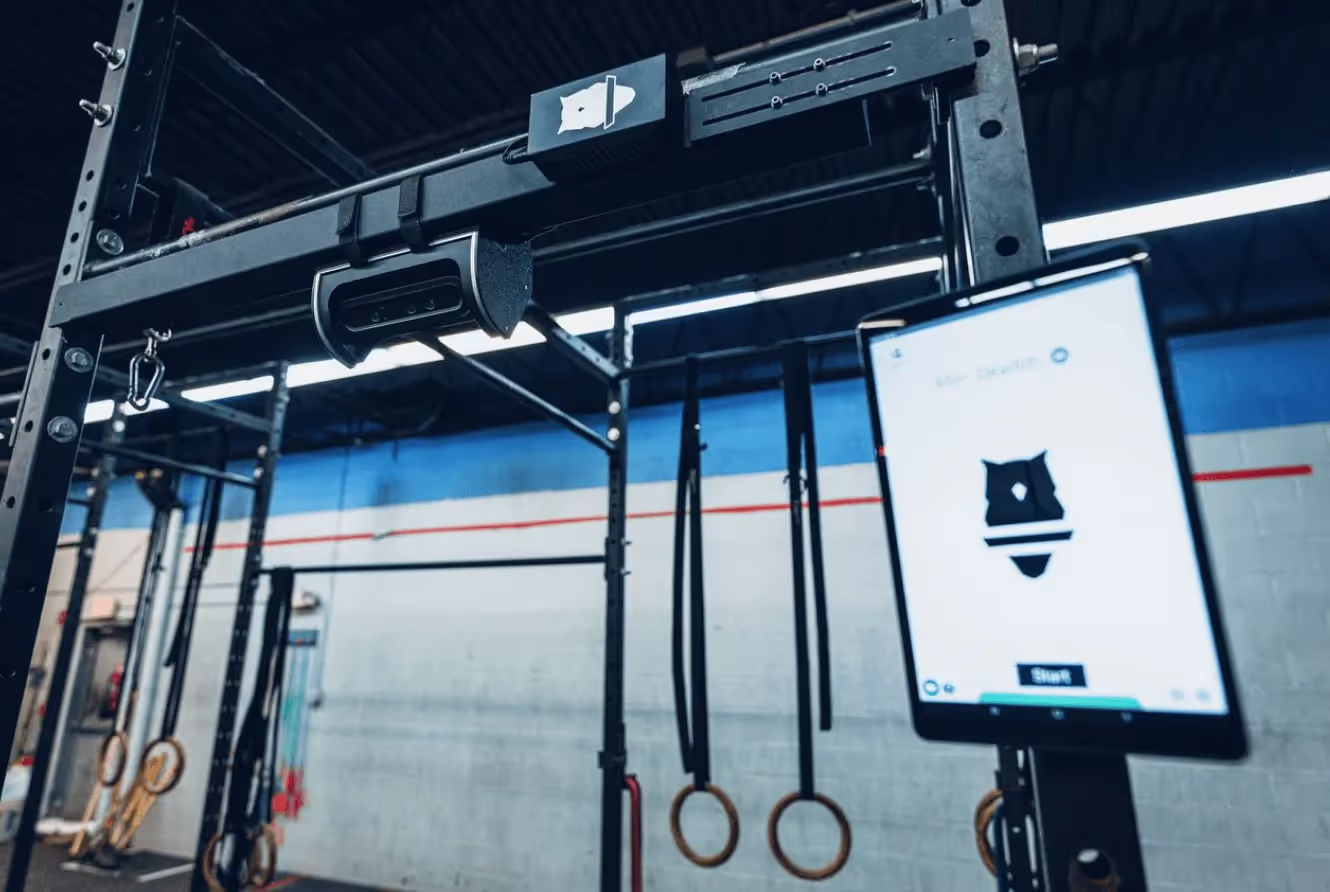
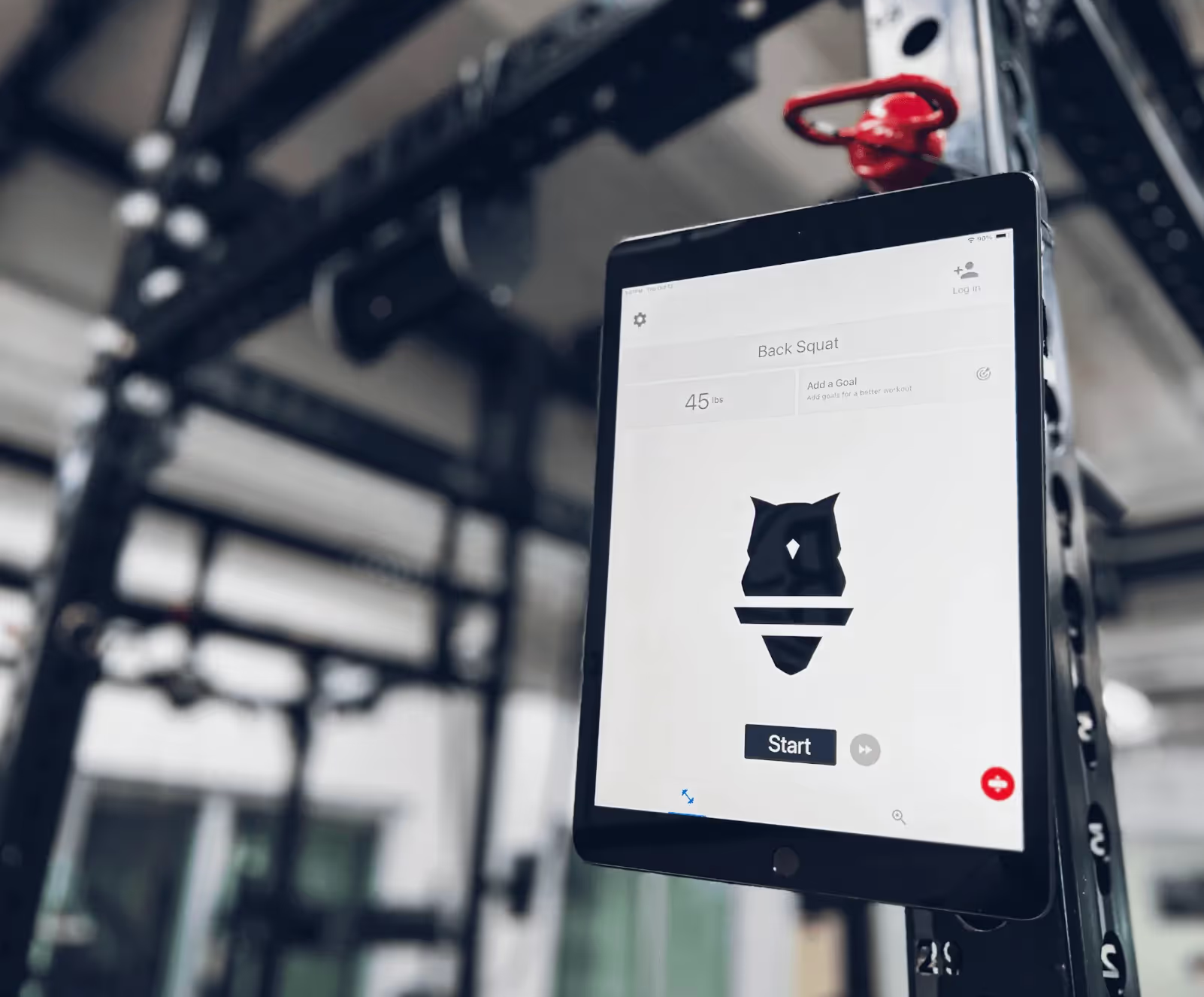



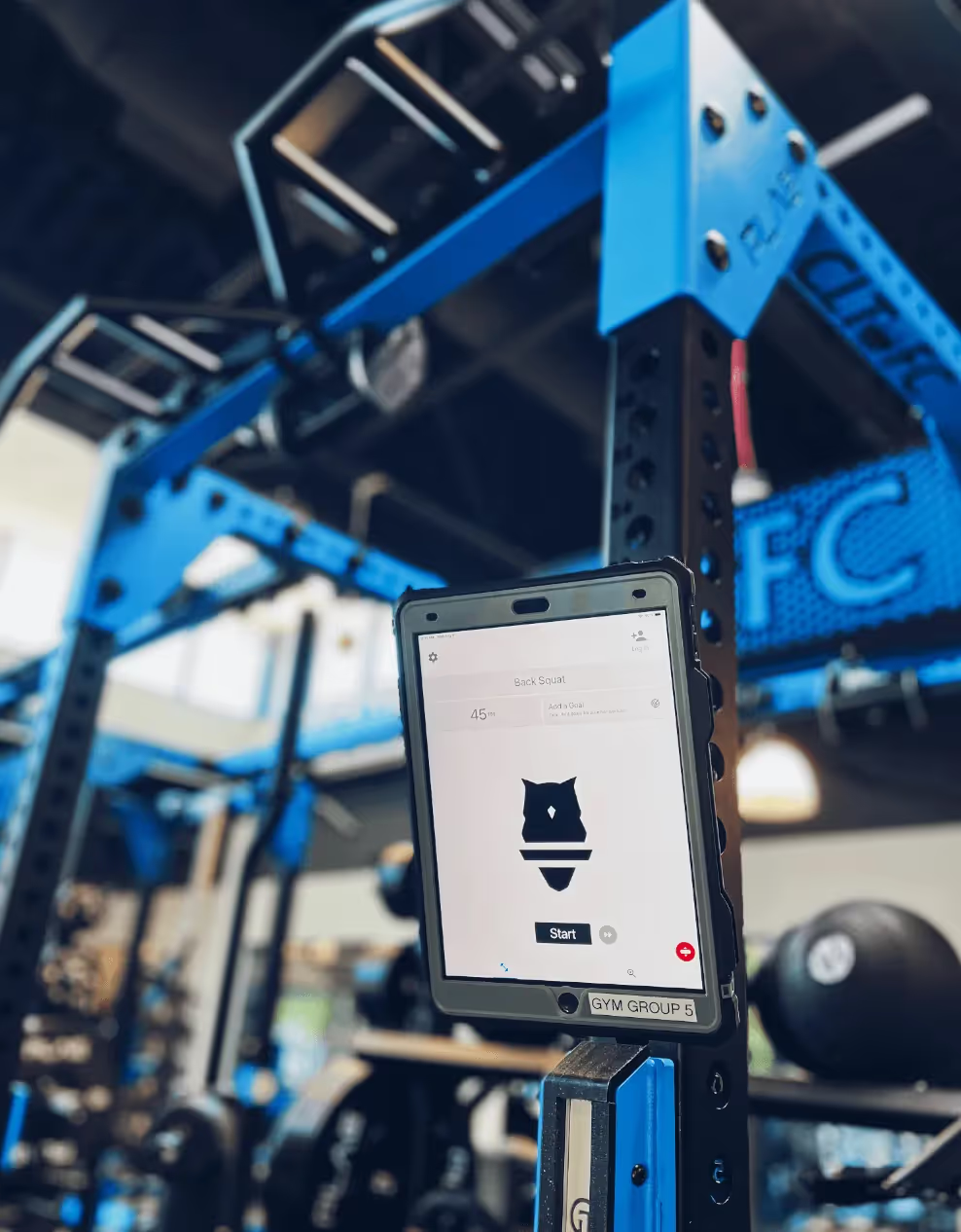
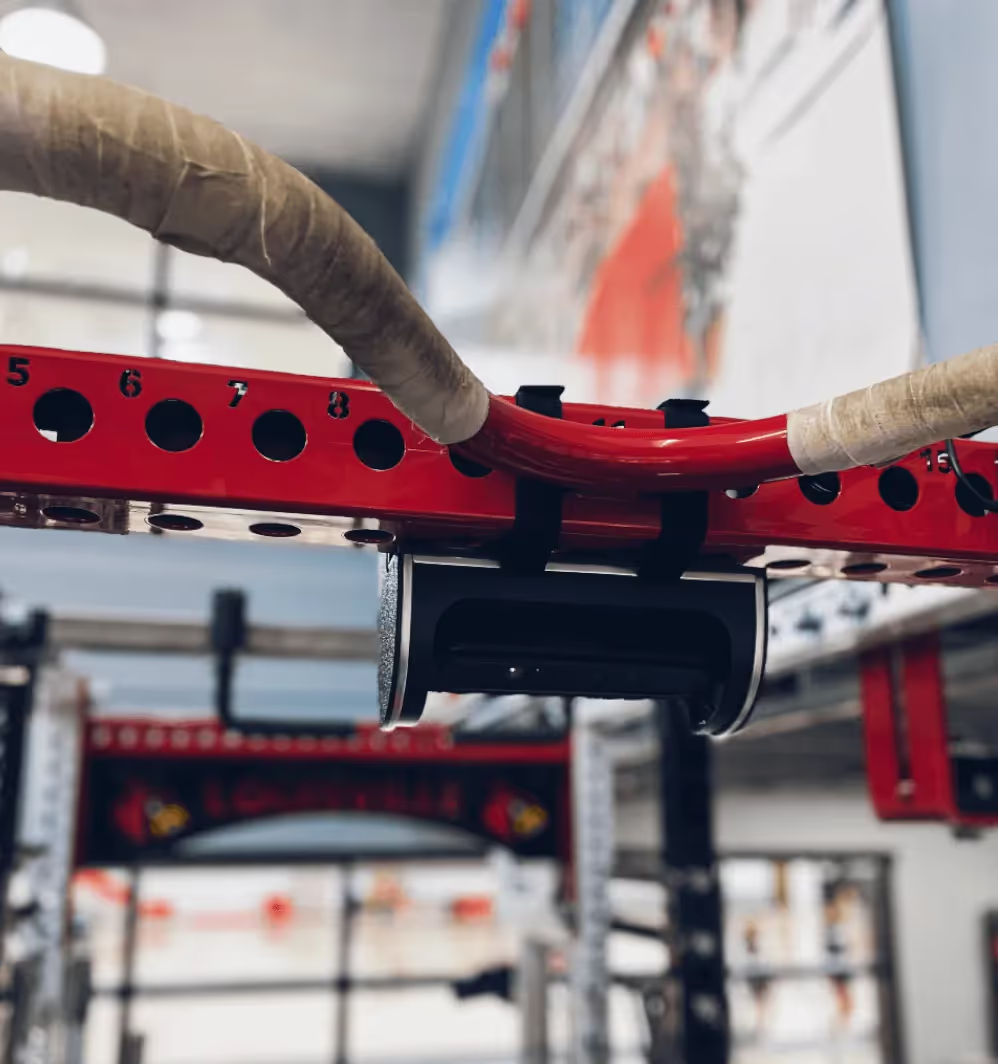











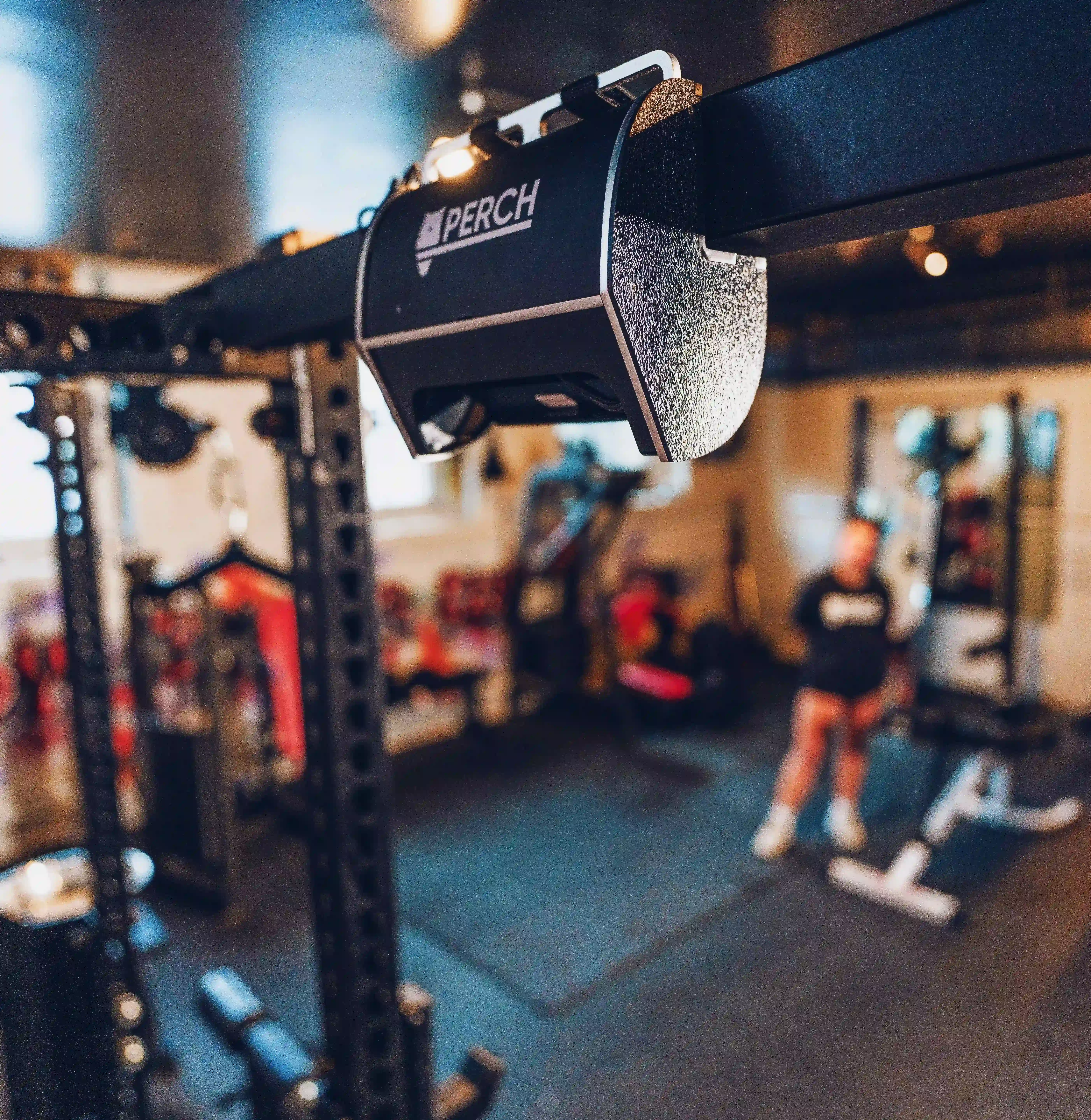


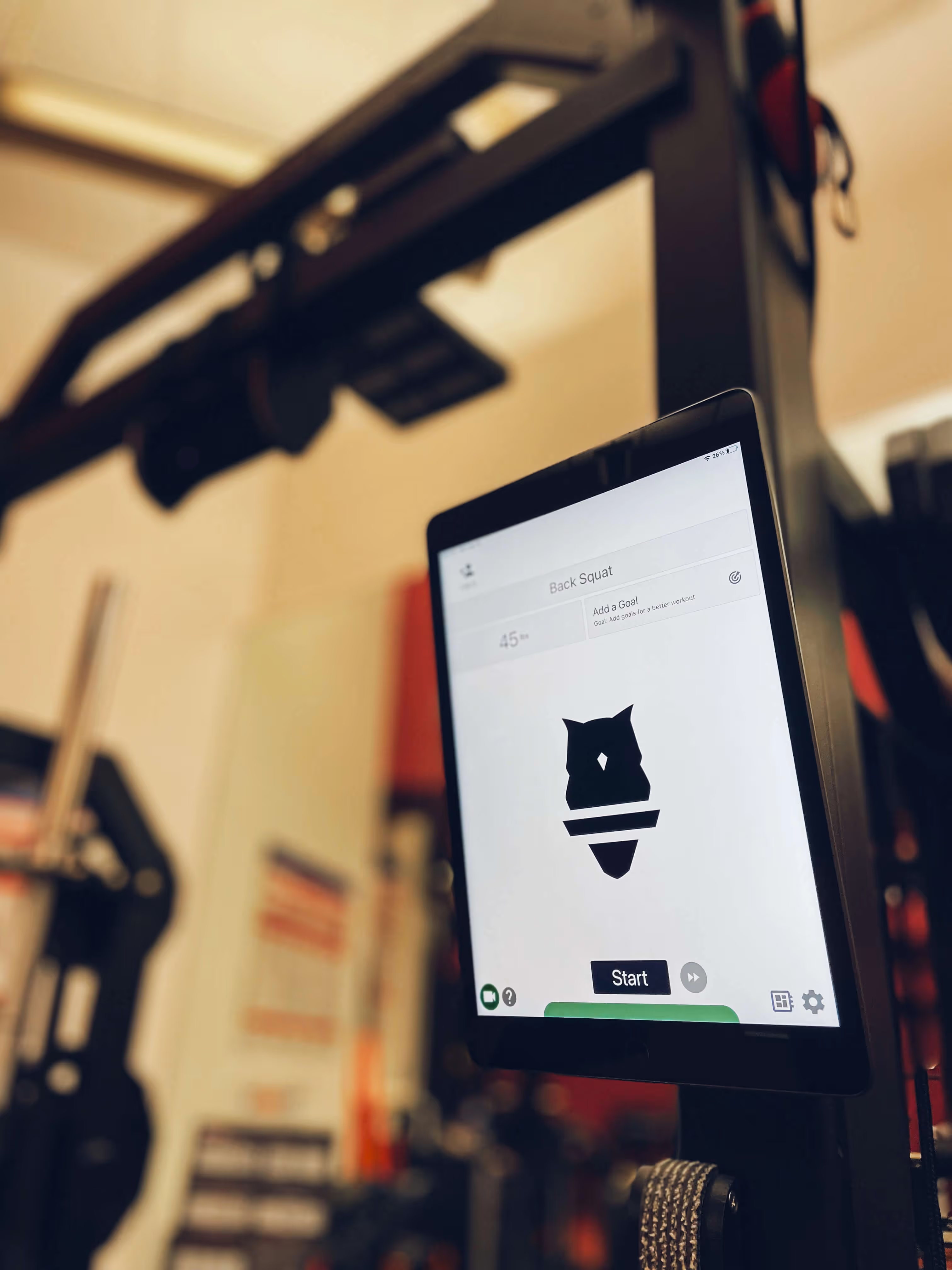








.avif)






